El Puerto de Santa Maria is a town of 88,000 souls, barely more than ten miles from both Jerez and Cadiz. It is almost on the Atlantic coast and has a beachfront, but Aponiente is very much in an industrial area of the town. The restaurant is located in an old tide mill opposite the railway station of Peurto de Santa Maria, and if you arrive early then you will find the restaurant entrance is next to some warehouses behind a rusty brown gate. It is definitely not an obvious setting for a smart restaurant, but when the gates open then you will see a couple of modern outhouses, used for drinks and canapés, leading down to the restaurant. Incidentally, if you travel here from Seville, as we did, then be sure to book your train ticket in advance: the mid-morning, midweek train that we initially tried to get on was fully booked.
Aponiente opened in 2007 but moved here in 2015 from a location in the centre of town. The executive chef is Ángel León, who started his career at Taberna del Alabardero in Seville Spain, then at Casa Irene in the Pyrenees and Restaurante El Faro in Cádiz. He also worked at Chapeau Femme in France, and as chef de partie at the Hotel Alfonso XIII in Seville. He worked as chef de cuisine at La Casa del Temple in Toledo, and finally El Tambuche in Cadiz was his last move before opening Aponiente. This was awarded a Michelin star in 2010, a second star in 2014 and the ultimate third Michelin star in November 2017 for the 2018 guide. You are offered a choice of two tasting menus, one a bit longer than the other and slightly pricier at €220 (£193) compared to €190 (£166) for the shorter menu that we took. The food here does not just emphasise seafood, but is almost exclusively based around it, so there are no meat dishes whatever. However, as we shall see, the chef explores a wide variety of ways to deal with fish and shellfish right up the food chain, from plankton up to large predatory fish like tuna. This is not a regular seafood restaurant; not by a long way.
The wine list was huge, with around two thousand labels. Sample wines included Clos des Fous Subsollum Pinot Noir 2013 at €40 for a bottle that can be found in the high street for €22, Bodegas Zarate Rias Baixas Caino 2011 at €80 compared to its retail price of €25, and Vega Sicilia Alion 2013 at €160 for a wine that will set you back €77 in a shop. At the posh end of the list there were references such as Vega Sicilia Unico 2005 at €600 compared to its retail price of €319, and Chateaux Margaux 2004 at a distinctly ambitious €1,910 for a bottle whose current market value is €515. Mark-ups varied widely throughout the list and there were some relative bargains to be found– we drank Vega Sicilia Valbuena 2012 at €165 for a wine that retails at €122 in the UK at the moment.
The meal began in one of the two modern outbuildings, where we were given a glass of sherry and a few nibbles. The first of these was shiso (perilla) leaf wrapped around a clam with Moroccan spices and plankton, which turns out to be a recurring theme here. The dominant flavour was really the leaf plus a vaguely briny flavour, so this was hardly very exciting (12/20). Sea urchin “éclair” was really a meringue with sea urchin, and this was a lot better, the meringue light and the sea urchin of good quality (15/20). Smoked sardine on an olive “bone” was really a hollow biscuit that was a bit too hard, topped with a very good sardine (14/20 or so). Best of these initial nibbles was red mullet sashimi on cucumber and jalapeño pepper, the mullet having good flavour and the pepper bringing an interesting nice touch of spice (16/20).
This was followed by baby shrimp in a trio of forms. First was a baby shrimp “snack” that was really a very light, fragile meringue that was surprisingly salty (13/20). The second was an “omelette” that was really a crisp apparently made with shrimp shell flour. This was delicate and crisp and covered with drops of parsley emulsion and spring onion. It was reminiscent of a popadom. This was interesting and the shrimp flavour came through, the onion and parsley flavours being quite complimentary (15/20). Finally there was deep-fried tiny shrimp with seaweed served in a paper in cone. These had light batter and the shrimp flavour came through well (15/20).
At this stage the meal continued in the main restaurant. As you enter there is a long corridor with the kitchen on the left ahead of you, next to a display of seafood charcuterie, where assorted sausages and the like were hanging, but made from various types of ingredients from the sea rather than meat. We were offered a final snack by the head chef, crab that had been processed in an unspecified way to condense it into a crunchy biscuit. In truth there was perilously little crab flavour that was really detectable, so although this nibble was harmless enough and was doubtless a lot of work, I am not convinced that it worked as well as serving some fresh crab on a piece of toast (13/20).
Bread here was made in the kitchen from scratch and is made using seawater rather than salt. The initial bread that we were served was fine, and came with a trio of the seafood charcuterie. There was a pate of mackerel and herring (the best of the three), a sausage of mullet, which was pleasant, and a mullet and sea bass sausage, which had reasonable flavour. Interestingly, the processing does result in something with the texture of meat but tasting of seafood, which was presumably the idea (15/20). Whether you would really choose this over a good piece of ham is pretty debatable, but it is certainly inventive.
The first formal dish of the menu was a bowl of sauce of fish liver and onion sprinkled with coffee and seaweed, the livers used being horse mackerel and sea bass. This came with a trio of little bread sticks flavoured with tuna, shrimp and maruca – which is another word for ling. This was certainly an original combination of flavours but actually worked pretty well, the liver flavour coming through strongly, the bitterness of the coffee an interesting contrast, while the bread stick provided a different texture (15/20). I was less convinced by green tomato gazpacho was flavoured with spearmint and also contained cockles. The soup did at least taste of tomato, but the cockles were a bit chewy and the mint flavour was quite dominant. I can’t really imagine many people preferring this to a regular gazpacho (13/20 for inventiveness).
Next was a soup of squid with beetroot, plankton and a sauce of lime and corn. This was flavoured with a spice called “raiford” which the waiter said was related to wasabi, though this was a new one on me (editor's note: several Spanish speakers eplained to me later that this was just a name for horseradish). Anyway, the soup worked well, the squid tender, the corn flavour interesting, the lime giving freshness and the gentle spice nicely lifting the dish (easily 16/20). In this part of Spain, potato stew is a traditional dish but here in a dish called “importance” is swapped for scallop, sea bass with tiny peas. The latter had excellent flavour, and the dish had plenty of umami, the seafood itself pleasant though for me less interesting than the peas (15/20).
This was followed by a soup dish called “Marine tangia”, involving a square of yeast from a local wine, the soup flavoured with Moroccan lemon, ras el hanout and cumin. This was pleasant enough, the gentle spices bringing pleasing warmth to the dish, though the yeast flavour did not come through strongly (14/20). Better was the next dish, baby squid shaped to resemble a carrot, in a sauce of sweet potato, cumin and carrot. The squid itself had excellent texture and the carrot flavour came through strongly, the musky cumin flavour really being the key to the dish, managing to link the earthiness of the carrot with the seafood very effectively (17/20).
For the next dish, a serving table was wheeled in on which was tuna belly in a salt crust. This was cooked with a blowtorch at the table, then the crust removed and the tuna served with fried tomato that was almost like chutney, as well as a cylinder involving plankton and lettuce. The tuna was good but the fried tomato was a revelation, having deep and memorable flavour. I am not sure the lettuce and plankton element added anything, other than being yet another way for the kitchen to dispose of its evident plankton surplus (17/20 if I ignore the plankton).
Next a moray eel was presented, though what was used was just a piece of the skin, which resembled pork crackling in texture. On this crisp skin was served a little bit of sea bass. This was harmless enough, but the sea bass was nothing special, though the texture of the eel skin was interesting (14/20). The final savoury course was a small pool of lobster roe in butter. This had plenty of umami flavour but was, well, really just some roe in butter, so was hardly thrilling (13/20 is kind). At this point the room was completely darkened, the curtains closed and lights lowered. A little bowl of luminescent sea creatures were put in front of each diner, and the lights briefly turned out. The dots of light sparkled like stars as you moved your fingers around the bowl. This was an interesting piece of theatre, though nothing to do with the food as such.
At this stage one might expect a cheese course, but not here. Instead there was white garlic with almond cream and fermented fish sauce, lactic fermentation of squid ink with hazelnut cream, and a paste of plankton and corn with saffron, along with brioche of plankton and corn bread. This was, well, it was strange. Curiously the squid ink fermentation did actually taste vaguely of cheese, but I suppose the question is really why anyone would want to eat this instead of, you know, actual cheese (12/20).
A pre-dessert was lemon sorbet (the lemon coming from Morocco) with basil cream and almond. After the cheese this was a relief, as the basil flavour was subtle and so this was mostly a lemon sorbet with almond, and was very nice (15/20). The main dessert – called “sweet sea” had, you guessed it, plankton on top, under which was a layer of white chocolate and plankton, with sea asparagus (a crunchy seaweed) on the side. This was fairly weird though not actively hostile. However I don’t think the pastry sections in top French kitchens will be quaking in their boots (maybe 12/20 but I barely know how to score this). Petit fours included rock salt chocolate, crab cookie with salt, and chocolate with harissa (chilli paste). I was half expecting some plankton-based derivative when I ordered coffee, but this did appear to just be coffee.
Service was terrific, with an enthusiastic young man called Jose our main waiter. The staff that we encountered were unfailingly helpful and friendly. I was also impressed that, when we explained that we had a train to catch, not only did they ensure that the service sped along so that we had ample time, but one manager actually booked the train ticket for us, which is devotion above and beyond the call of duty. Our bill came to €280 each (£247) with very good wine. If you shared a modest bottle then your cost per head might come to around £190 before tip.
This was certainly an interesting experience. The kitchen is clearly on a mission to explore the boundaries of what can be done with trying to shoehorn seafood into all aspects of a conventional meal structure, with its versions of seafood charcuterie, cheese and even plankton in a dessert. Whether this inventiveness is actually successful is more debatable. I thought that some of the dishes worked very well, such as the squid/carrot dish and the tuna with fried tomato. However some other things felt rather forced, as if the seafood mission was being stretched beyond what was sensible. The sometimes puzzled expressions of some of the other diners at times, some of whom bore a passing resemblance to the denizens of Capital City in the Hunger Games, suggested that even the more adventurous diners had their doubts in places. Certainly, with all that plankton on the menu, then if you were a cetacean you would have a whale of a time here.



































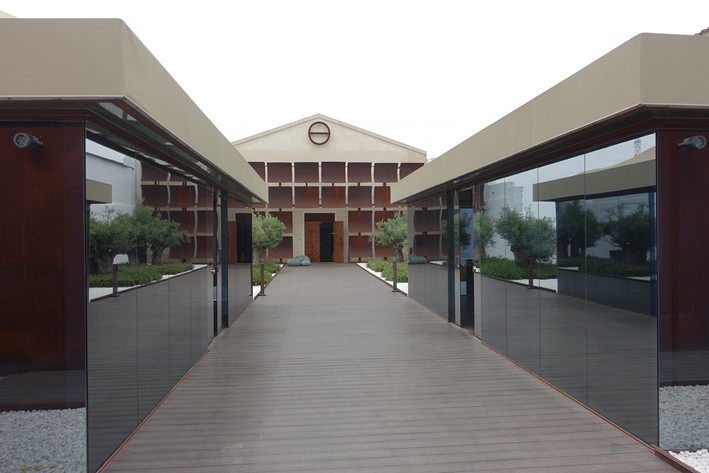

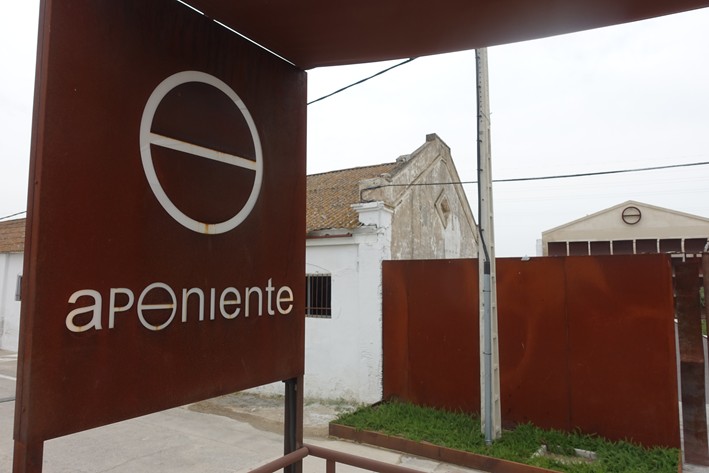
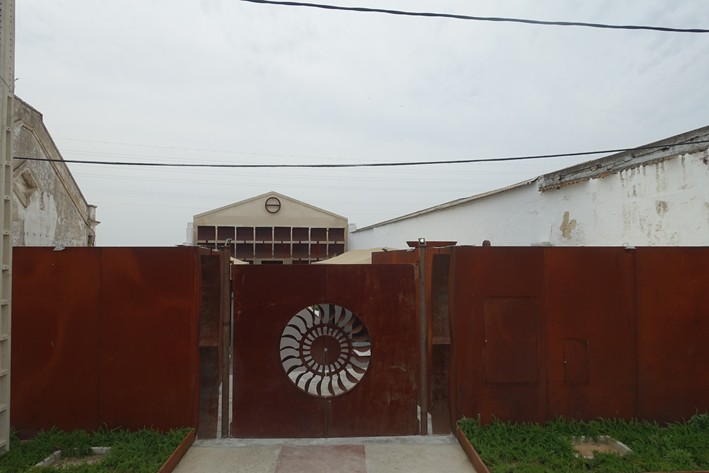

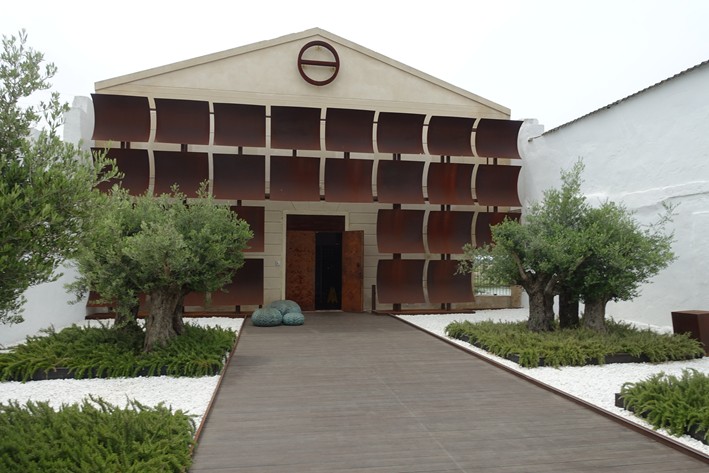
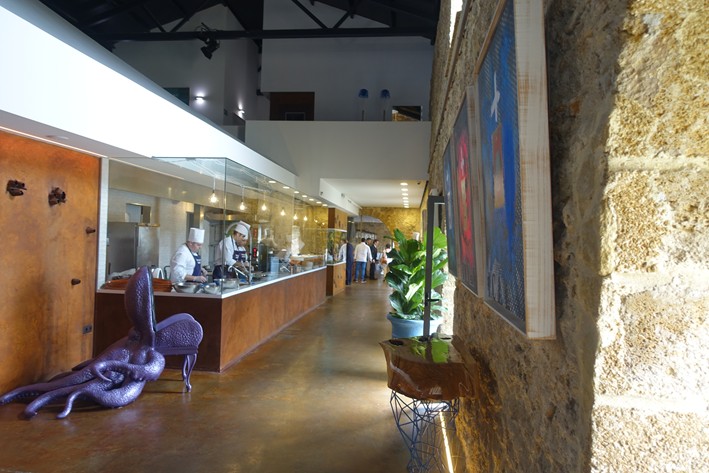
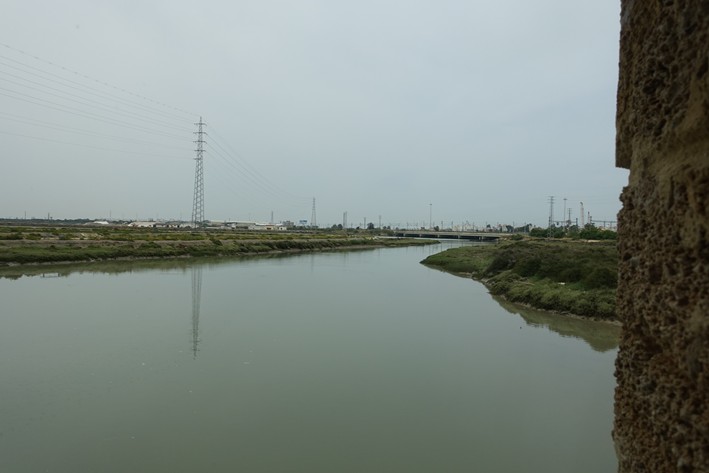



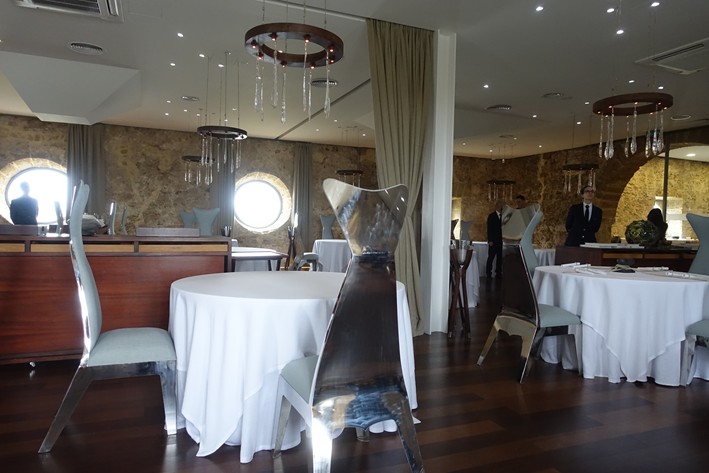
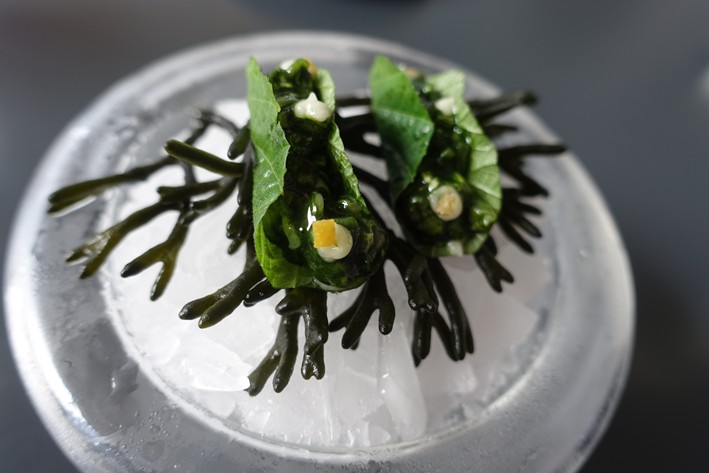

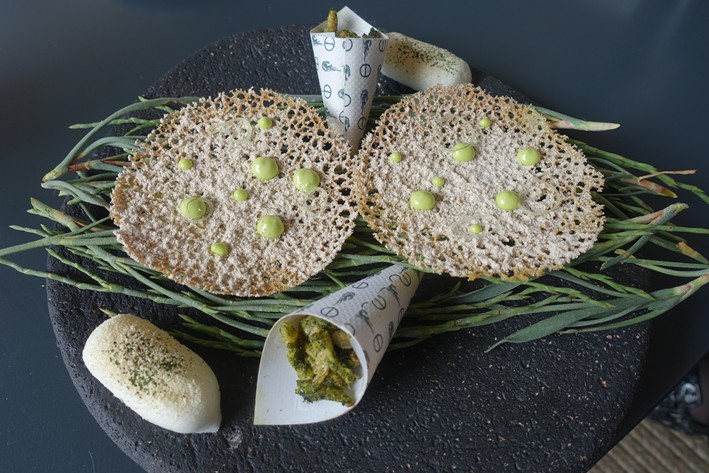
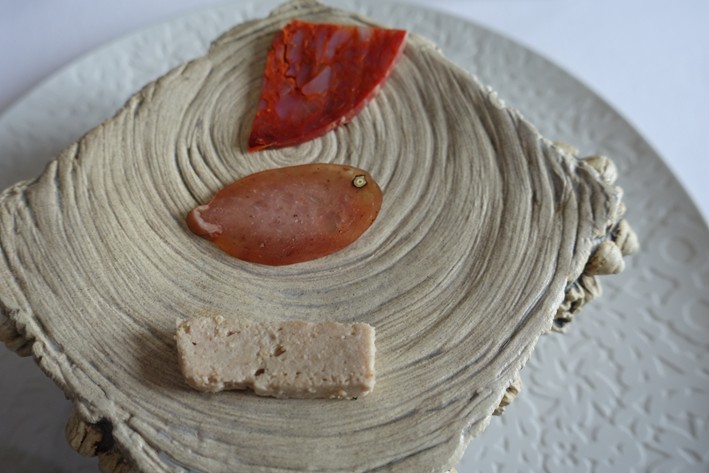

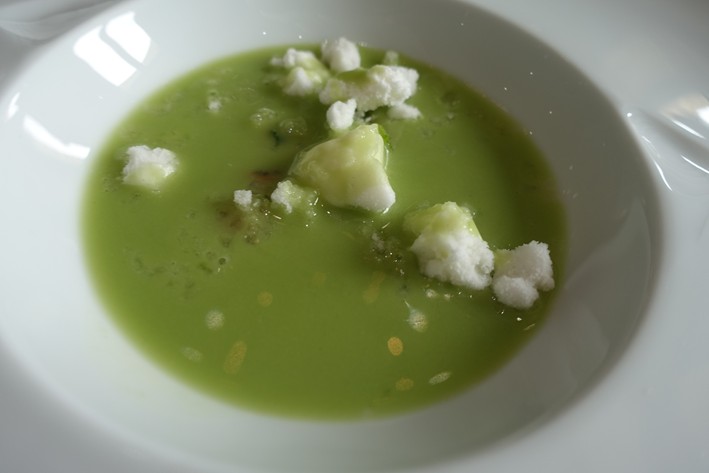
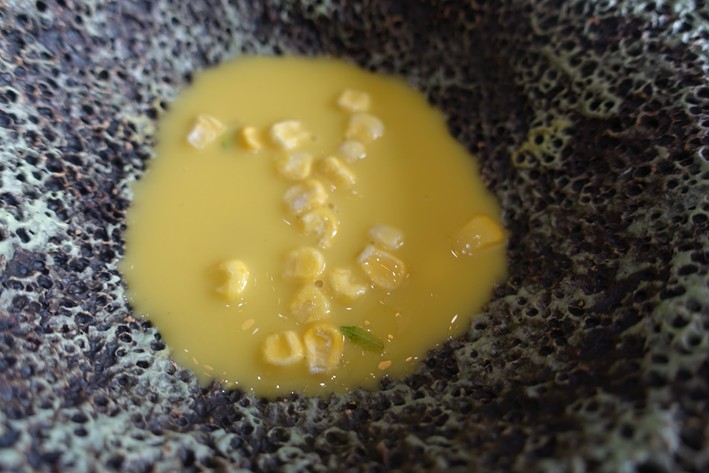
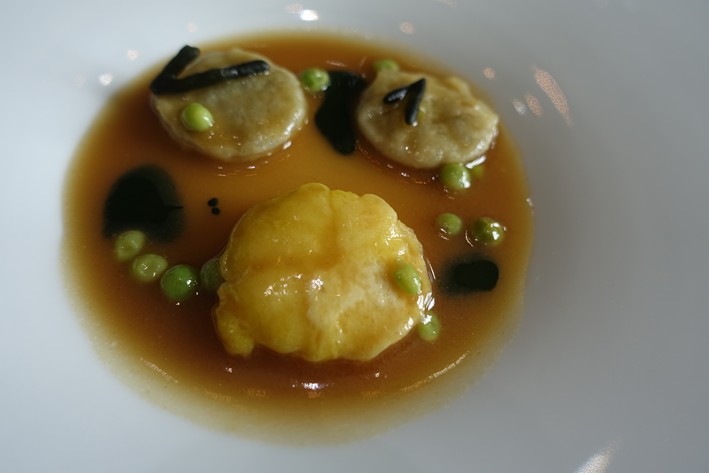


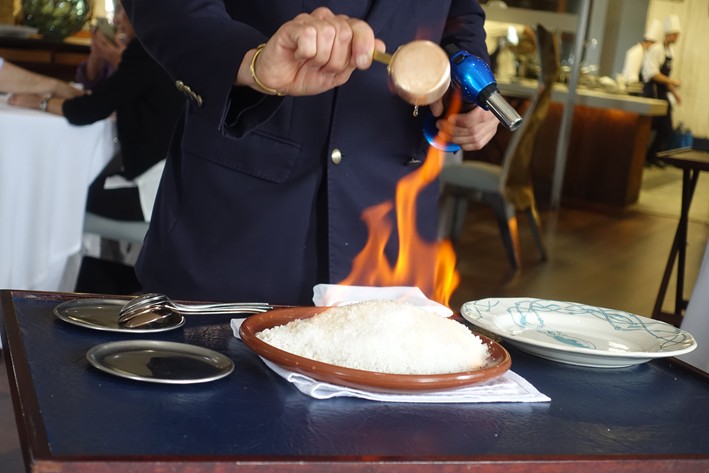

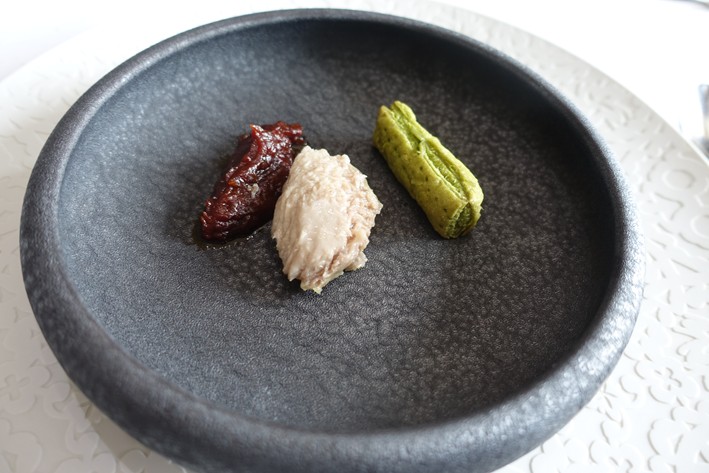
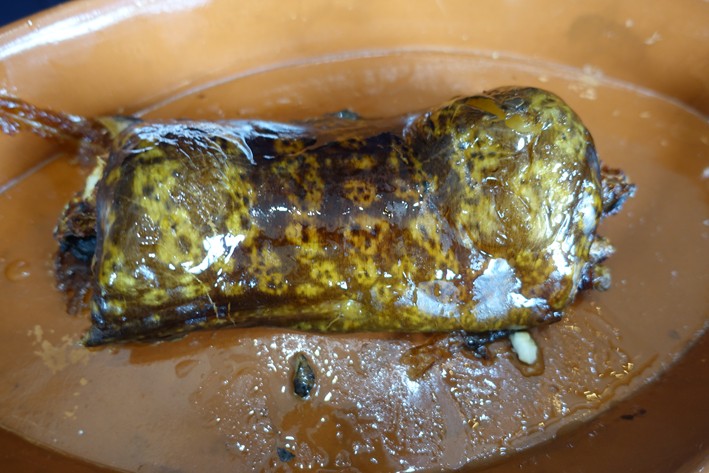
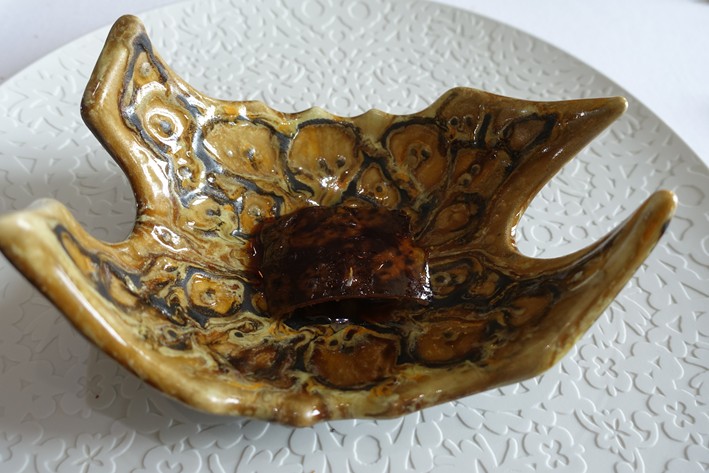

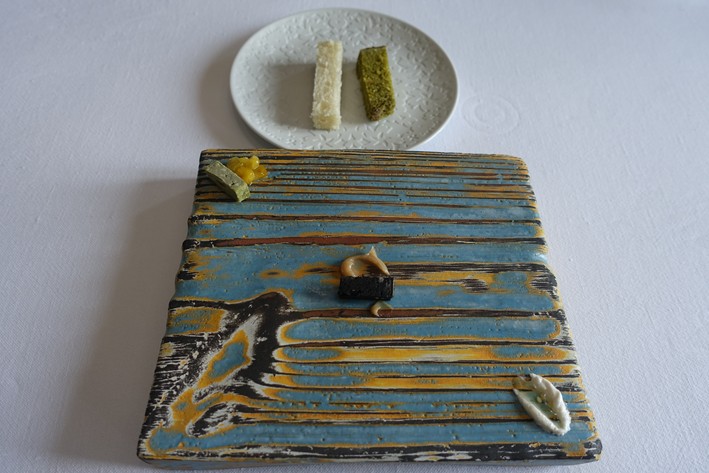
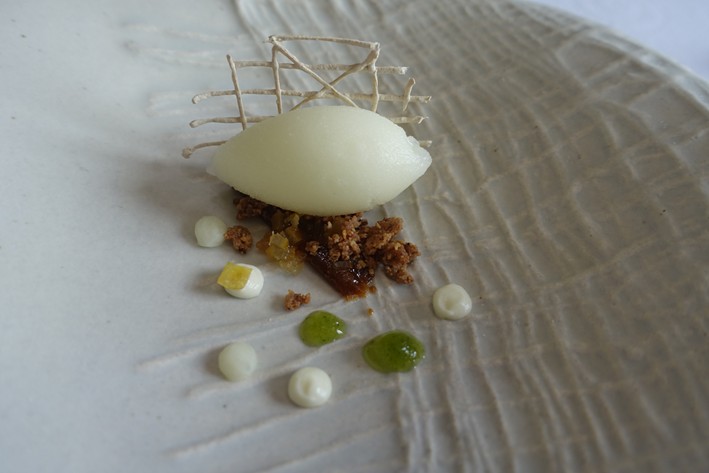
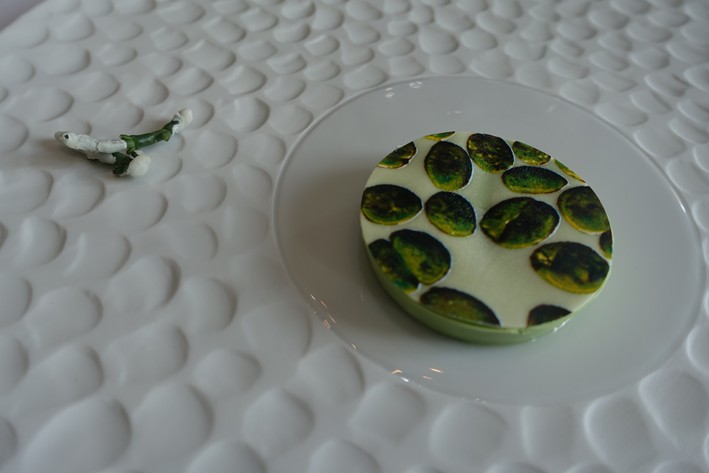
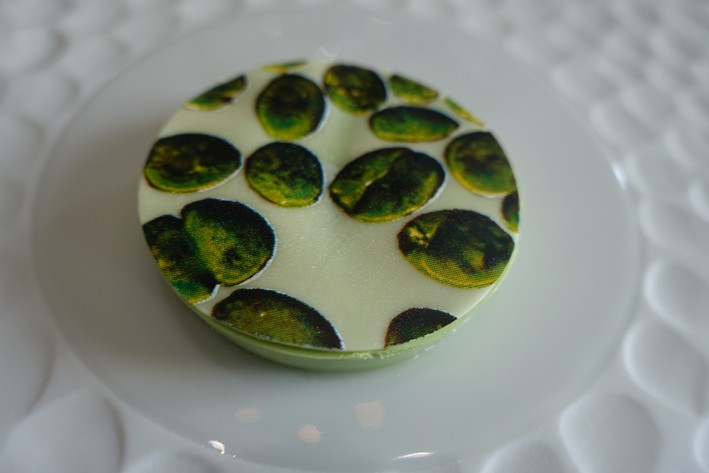
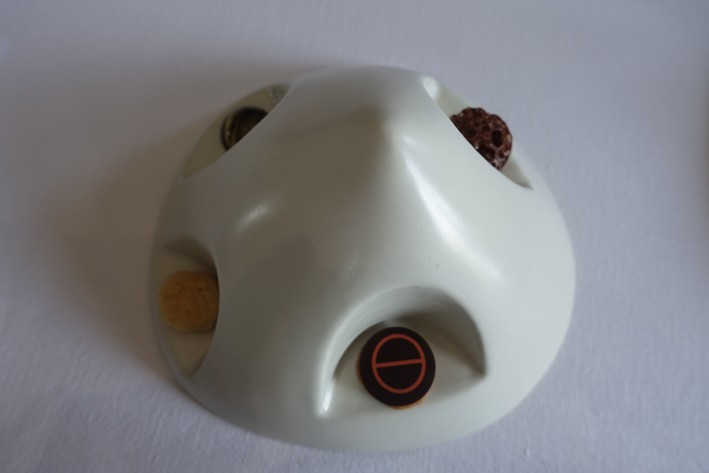


Brian
I absolutely loved the place, but I also feel that half of the experience is the wine pairings, which are mostly dry sherries from the region. An absolutely amazing and unique match! In general, the creativity and flavor profiles are completely unconventional and eye-opening
Paul
Thank you for this excellent review - I will lower my expectations for our visit, I guess... I always love your remarks about the wines, by the way, they very insightful and very helpful. Since I am not such a wine specialist, may I ask for help: do you maybe remember some remarkable (spanish) withe at Aponiente, max. 100 €? Thanks a lot!